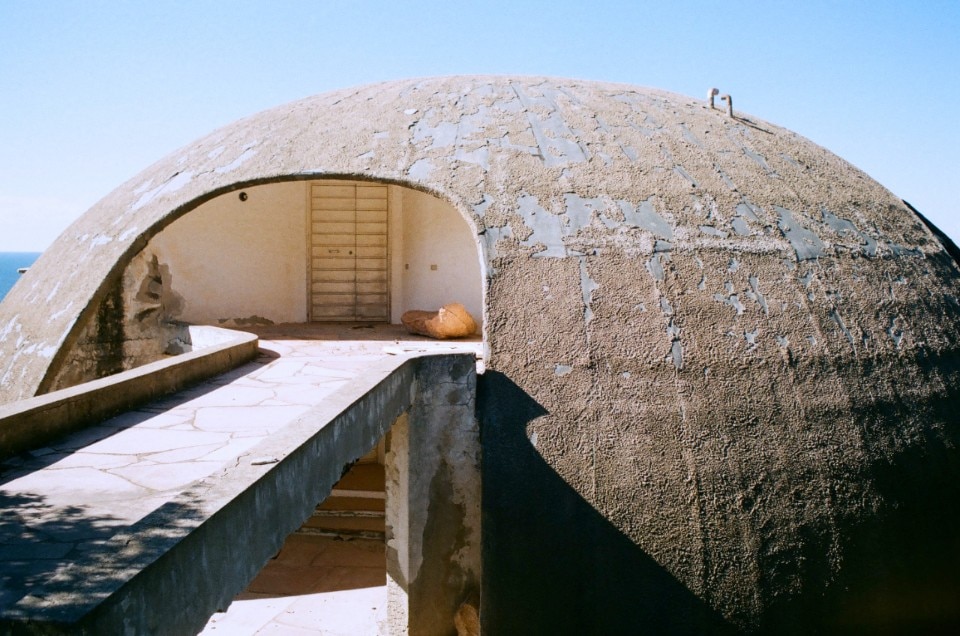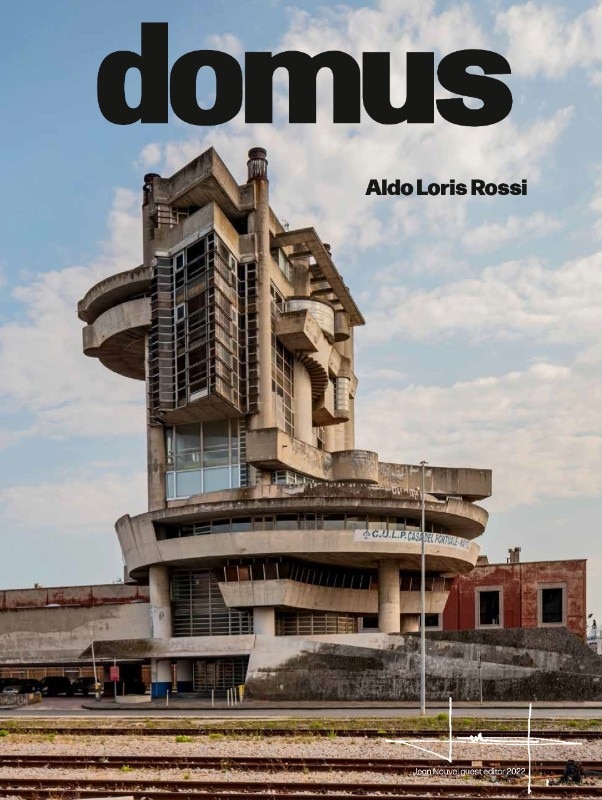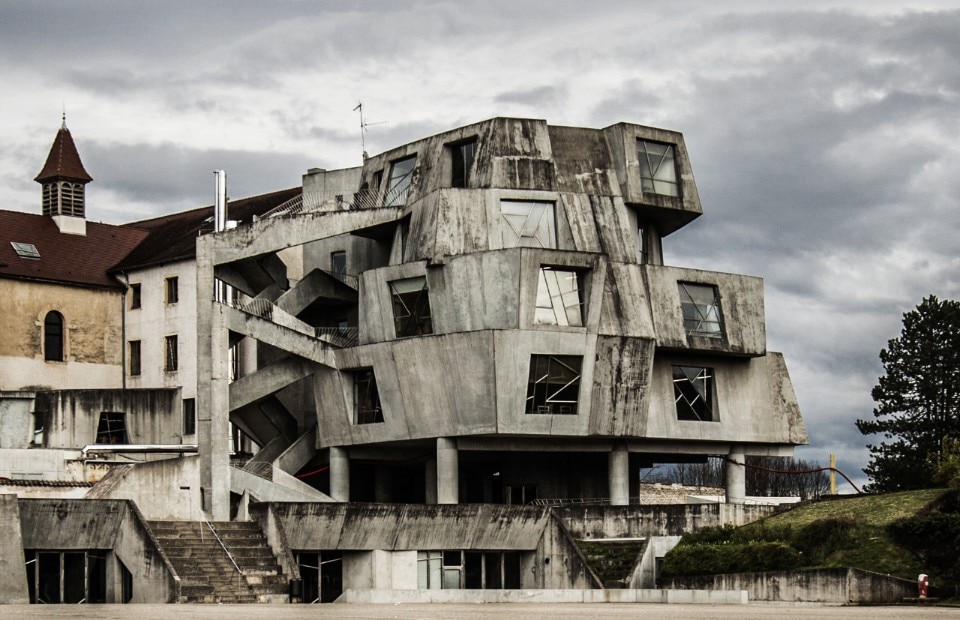Architecture is long-lasting. It accompanies time. In its genesis, it is imagined as real, often suspended in limbo for long periods, or it follows the traces of mysterious, scattered expectations lying on a few pages. Then, sometimes, architecture materialises, takes shape, sets down roots and begins to raise questions.
When it finally becomes real, it can accommodate and protect, it exists and can endure the perpetual onslaught of time. It then tries to befriend this inseparable companion, which might begin to caress and polish it, give it a patina or hang moss and vines over it, or even reveal the textures of its walls and roofs. With the understanding of time, architecture becomes familiar – it belongs to the street, to passers-by, the city and the landscape. But its reason for existing most often lies on the inside. Architecture is inhabited, it encircles, shows its floor boards, ceilings, staircases, loggias or terraces, and through its windows and shutters it becomes a theatre of frames, lights, shadows and trees.

Architecture is a voyeur, a belvedere that multiplies openings onto the surrounding area, and the sky, too. Its interiors are often reserved for intimate vistas, for those who love those views, and who take pleasure in their bedroom or living room with its woodwork or coloured curtains, with paintings and drawings arranged on high. Architecture decides what is revealed and what is hidden. It is exclusive, unique and complicit in the changes brought about by time and life’s desires.
Our cultural heritage must be monitored by its own therapists, psychologists, and functional and aesthetic surgeons.
Like living beings, architecture is too often irresponsibly abandoned, forgotten or exploited. For architecture to last it must be kept alive, so it can adapt to the new circumstances of the time. Our cultural heritage must be monitored by its own therapists, psychologists, and functional and aesthetic surgeons. Time offers solutions for redevelopment, restoration, inventive transformation and recycling. The different eras can reveal themselves to one another. The juxtaposition of expressions and techniques can be a total architectural invention. Architectural creation in the 21st century is often more emotionally charged when it takes care of its neighbours, espousing them, playfully engaging with the different generations to better regenerate them.

The character of cities is asserted through interferences, and it becomes pathetic with the exhibition of scorned architectures. These days, urban development must incorporate all kinds of ways of recycling and rehabilitating the built heritage, which often serves as a starting point for new forgotten urbanities.
Once again, these overlaps and inventions are brought about by humanistic urban development, ensuring that nobody is shunned. The metaphysical dimension will then come into play, allowing the emotional significance of these architectures to be judged, along with their power to fascinate.
Opening image: Georges Adilon, Lycée Sainte Marie, Lyon, France, 1976. Photo Roberto Conte


